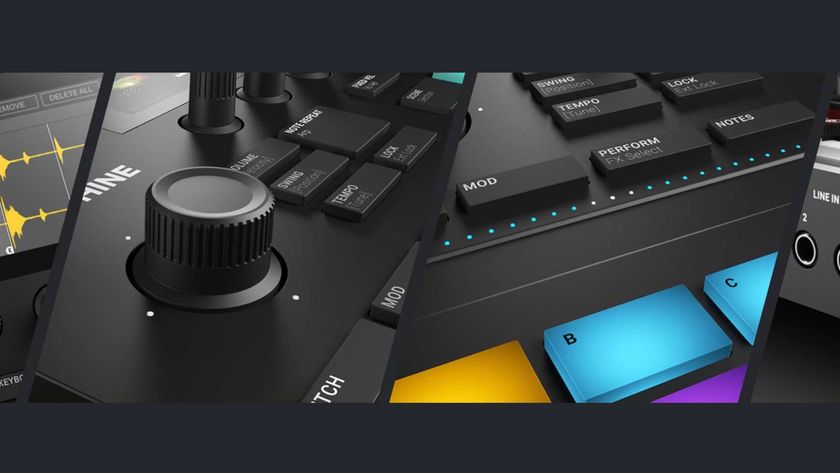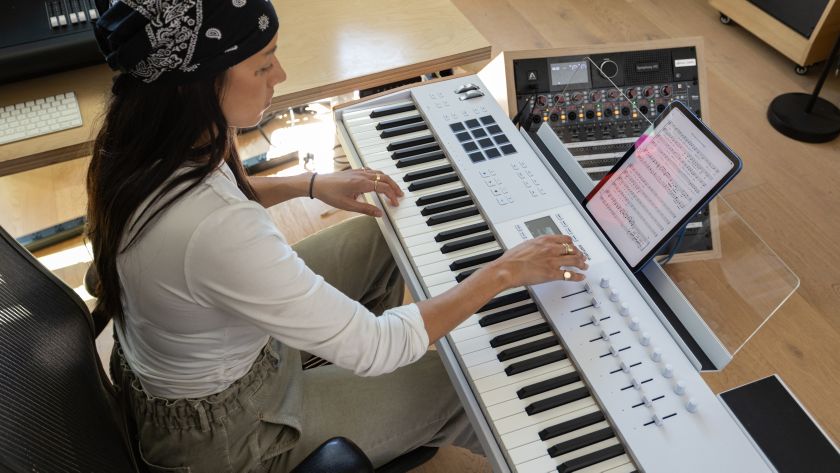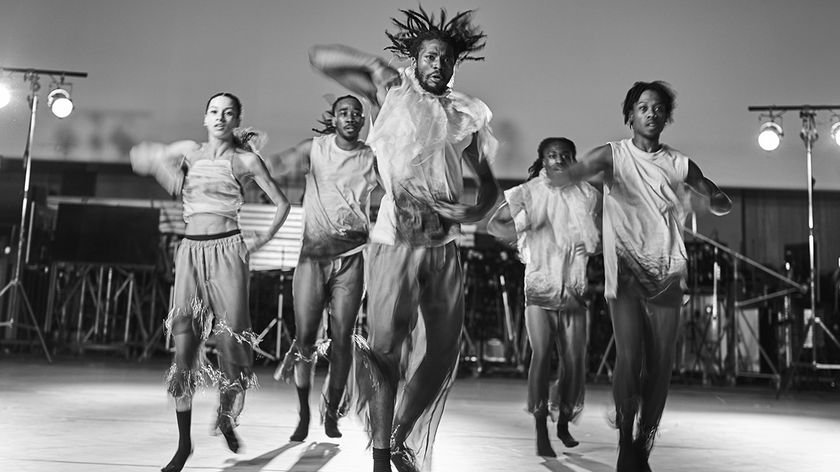RISE of the Seaboard: ROLI unveils more affordable expressive MIDI controller
New wireless 25-note instrument costs £599
ROLI's Seaboard GRAND controller represented a bold attempt to create a more expressive kind of controller for piano players, but its high price put it out of the reach of the majority of home studio owners. Now, though, we have Seaboard RISE, which packs ROLI's SEA interface technology into a more compact and affordable instrument.
Like its GRAND brother, Seaboard RISE is a pressure-sensitive, continuous surface that responds to even subtle gestures. Using its 'keywaves', you can shape notes as you play, adjusting the character of the sound with your finger movements.
The Seaboard is one of several devices designed to offer acoustic-level expression by enabling you to modulate individual notes in multiple ways in real time. Others include the Haken Continuum and the Linnstrument.
On a ROLI
Seaboard RISE is designed to bring these more expressive levels of MIDI control to a wider audience. This 2-octave device comes with a touch control panel, has an integrated battery and supports Bluetooth over MIDI, meaning that it can be used wirelessly.
You also get a copy of Equator, ROLI's custom-built soft synth, in the box. Designed for Expressive MIDI controllers, this enables you to assign RISE's five primary dimensions of touch and gestural control (strike, press, glide, slide, and lift) to all manner of parameters. You can even use the sliders in the control panel to fine-tune the gestural modulation.
But what of that price? Seaboard RISE is set to retail for £599 ($799 plus tax) which isn't exactly bargain basement, but certainly a step down from the £1600 that the cheapest Seaboard GRAND goes for.
We'll be putting the RISE to the test in due course. In the meantime, you can find out more on the ROLI website.
Get the MusicRadar Newsletter
Want all the hottest music and gear news, reviews, deals, features and more, direct to your inbox? Sign up here.



I’m the Deputy Editor of MusicRadar, having worked on the site since its launch in 2007. I previously spent eight years working on our sister magazine, Computer Music. I’ve been playing the piano, gigging in bands and failing to finish tracks at home for more than 30 years, 24 of which I’ve also spent writing about music and the ever-changing technology used to make it.












